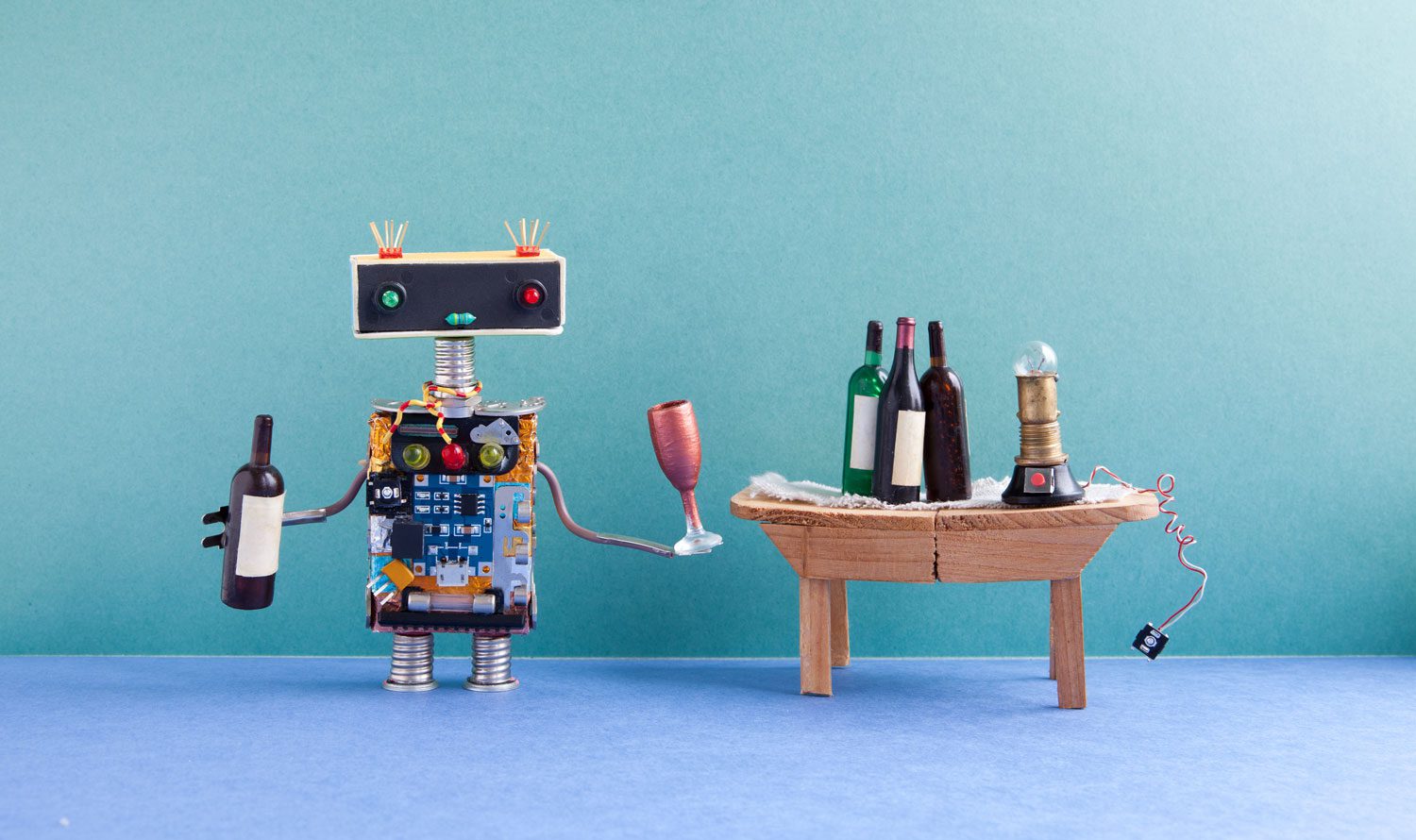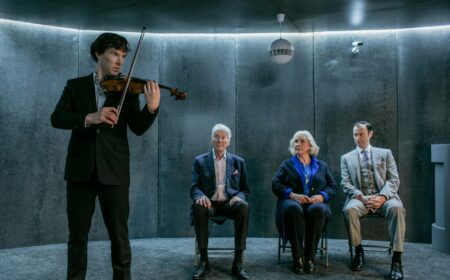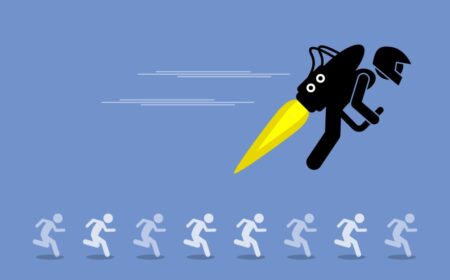Scientists use wine tasting to test the skills of artificial intelligence
Wine tasting tests are employed to examine the sophistication of new cutting edge AI systems

Wine testing has become an unlikely proxy to test the sophistication of novel AI systems. This test was recently successfully completed by a novel neural network.
Even in the brains of human beings, making sense of the varied components of a glass of wine requires some brain capacity. Acidity, fruitiness, bitterness are analysed to find an answer to the question – what type of a wine this is. It is estimated that in order to process this information, the human brain requires approximately 20 watts of power.
The AI systems currently at hand have required thousands of times more energy than humans to make similar kinds of deductions. Until now that is. For a long time now, scientists have been looking for ways to improve the efficiency of AI so that it would be able to process large amounts of information with less energy.
The wine test is a useful proxy in these situations. In a recent study published in the academic journal Physical Review Applied, a team of scientists at the National Institute of Standards and Technology (NIST) and their collaborators claim to have developed a new type of hardware for AI that is quicker and more energy efficient. While claims like these pop up from time to time, the curious bit is that this particular hardware has already passed the wine tasting test.
AI consists of two components – hardware and software. The hardware part is particularly energy consuming. It is estimated that training one sophisticated AI processor, consumes on average 190 megawatt hours (MWh) of electrical energy, roughly the amount that 16 people in the US use in an entire year.









